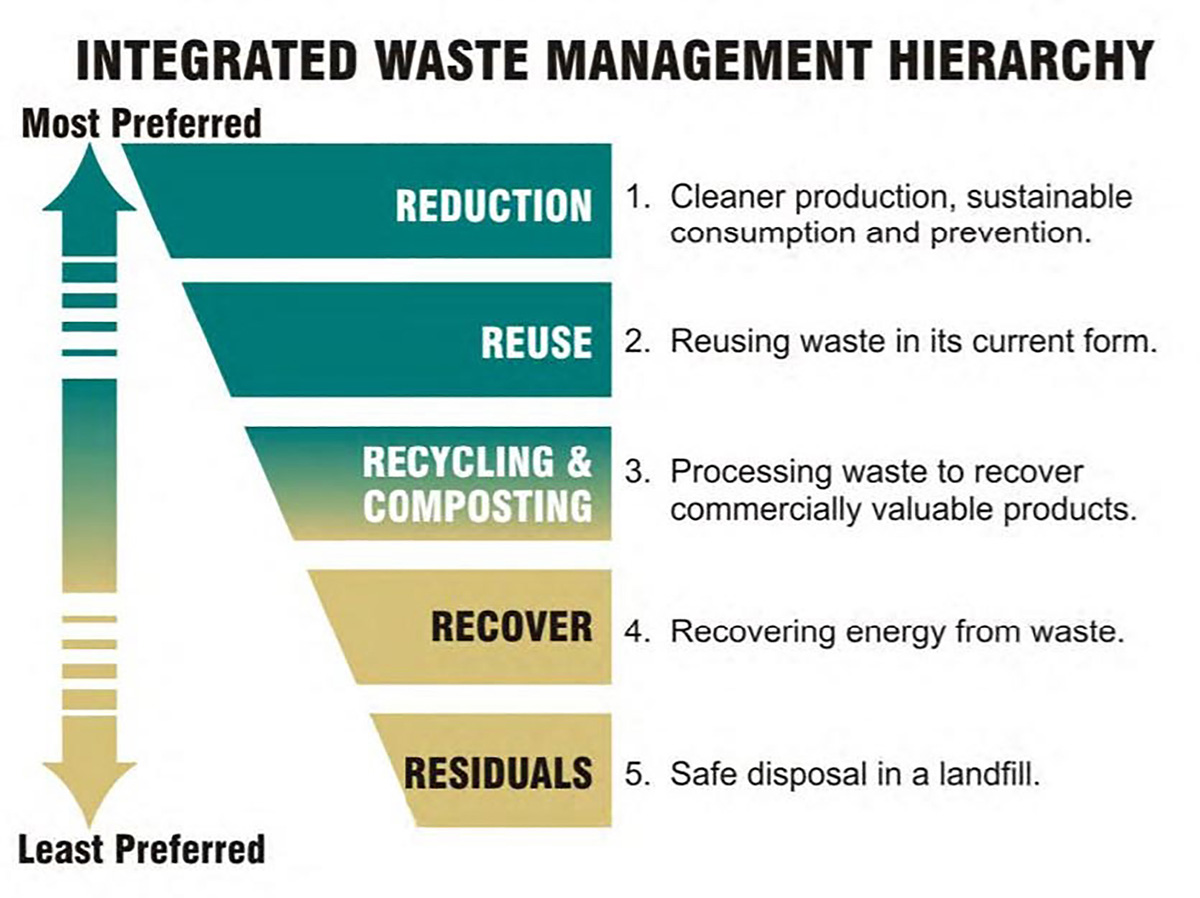
By Willa DiCostanzo, City of Lincoln Waste Diversion Coordinator
Global environmental issues such as single-use plastics, the giant garbage patch floating in the ocean and what happens to the materials consumers have recycled, have caught the attention of journalists, photographers and citizens over the last few years. These environmental concerns can seem larger than one person can tackle, leaving society feeling a bit hopeless with no clear solution on the horizon. But, hope does exist.
The story of resiliency exists throughout history. For example, during WWII conservation through Reducing, Reusing and Recycling was an “all-in” effort from Americans across our great nation to support the troops. These efforts included reducing national food demand by growing a Victory Garden, reusing what you purchase and repairing the items that may be broken through mending and fixing instead of buying new. Recycling was also in high demand for everything from animal fat (for the glycerin for bombs) to rubber tires and steel cans. In order to get through the war, conservation through the “all in” attitude was a necessity and Americans did all they could to help.
Across the world today, citizens are creating new technological advancements to help solve environmental challenges while using the principles of the three R’s that have existed for years; reduce, reuse and recycle.
Locally, citizens in Lincoln and Lancaster County are doing their part to make a positive change on environmental issues. The office of Solid Waste Management at the City of Lincoln receives phone calls from community members sharing how they reduce waste through using reusable grocery bags, shopping at thrift stores, bringing their own silverware everywhere you go and more. Citizens also call to ensure they are recycling right.
With so many products in the stores, it can be confusing on what can be recycled, versus what an individual wishes could be recycled. If you are unsure about an item and if it can be recycled, it is better to double check instead of just placing an item in the blue bin. The more non-recyclable items in the blue bin, the more recycling contamination and that slows the entire process of getting a material recycled, recovered and made into something new.
If community members would like a tip on how to reduce, reuse or recycle, call the City of Lincoln Solid Waste Management Division’s hotline at 402-441-8215 or visit our website
http://recycle.lincoln.ne.gov. Our office can help answer questions about how to reduce and reuse and help to identify if something can be recycled or not.
As a community, we can learn from history and set this intention as we enter into this new decade to make our community and our world a cleaner, greener and more resilient place for the future.
WHAT DO THE THREE ARROWS OF RECYCLING MEAN?
Recycling is intended to be a closed-loop system, that is why you see three arrows represented on the recycling symbol. At the top of the loop, the collection of post-consumer recyclables occurs; the second arrow identifies that the collected recyclables are sorted, cleaned and manufactured into a new product; the last arrow is the purchase of products made with post-consumer recycled content. As a consumer, the decisions you make every day help to drive industry demand of products made from recycled content.
Paper products such as tissues, toilet paper and paper towels are great examples of items consumers can purchase to ensure they are closing the recycling loop. Local grocery and retail stores generally have a few paper products made from post-consumer recycled content. Companies are eager to place this information on the front and on the back of the packaging using words such as 100% recycled content, 25% post-consumer waste.
In a world of fast news through social media and the internet, you can easily voice your opinion to businesses and ask them questions such as, “Why are they still using Styrofoam packaging? How is their business working to reduce their environmental impact? Why aren’t they using recycled content in their packaging?’’ Consumer demand and purchasing power make a big impact on the system of recycling. Close the loop and purchase products made from recycled content today.